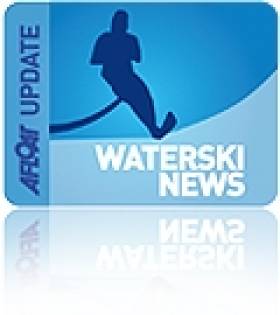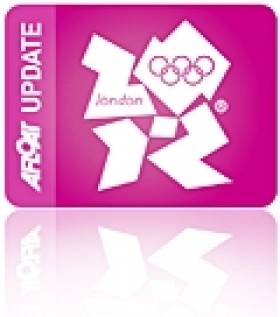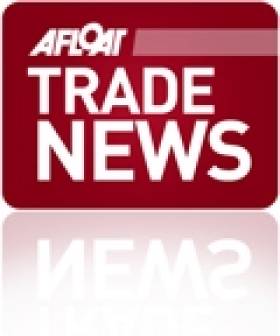Displaying items by tag: David
Two Irish Riders Achieve Major Wakeboard First
Wakeboard history has just been made by our two most talented Irish Team Wakeboard Riders. Against the very best Wakeboard Riders in the World and also against fierce international competition for these prestigious invitations, the International Waterski & Wakeboard Federation World Cup Selectors have invited Sian Hurst (Belfast) and David O'Caoimh (Dublin) to take part in the World Cup Series for the very first time. Congratulations to Sian and David on this major international recognition.
In the coming days, Sian and David will board their long haul flights from Dublin for Kuching City in Sarawak, Borneo. This will be the 31st World Cup Stop in this very successful Series. To date, it has travelled through London, Moscow, Alexandria, Singapore, Beijing, Doha, Chuncheon, Liuzhou and many other exotic venues, including Enniskillen ! The Series will finish this year in Linyi City in China immediately after the Sarawak Stop.

Sian
Sian and David have shown enormous progress in recent times. Their World Cup selection is very well deserved. They will join the current World Wakeboard Open Champions, Harley Clifford AUS and Raimi Merrit USA and will compete against a star studded line-up of 30 athletes from 20 countries. This will be by far the biggest challenge ever for any Irish Team Rider and they are well prepared for this extraordinary test.
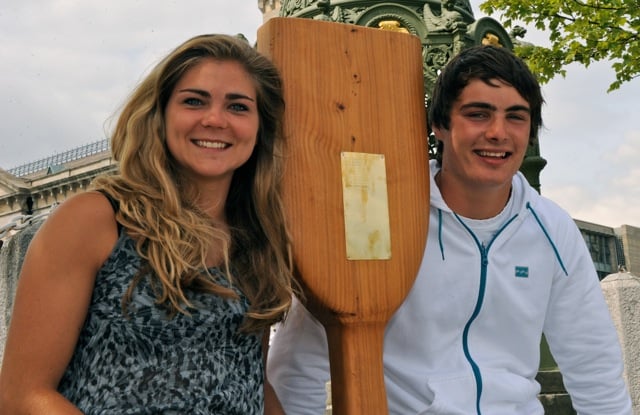
Sian and David
Twenty one year old Sian Hurst recently took the Gold Medal at Chill & Ride Challenge in Germany, the Silver Medal in the World Championships in 2007 and the Bronze Medal at the European Championships in 2008. She has been the Irish National Wakeboard Champions from 2007 to 2011, in spite of a knee injury last year. Seventeen year old David O'Caoimh is the reigning Irish National Wakeboard Champion, and this year alone has taken the Gold Medal at UK Wakestock and a Silver Medal at the World Championships in Italy.
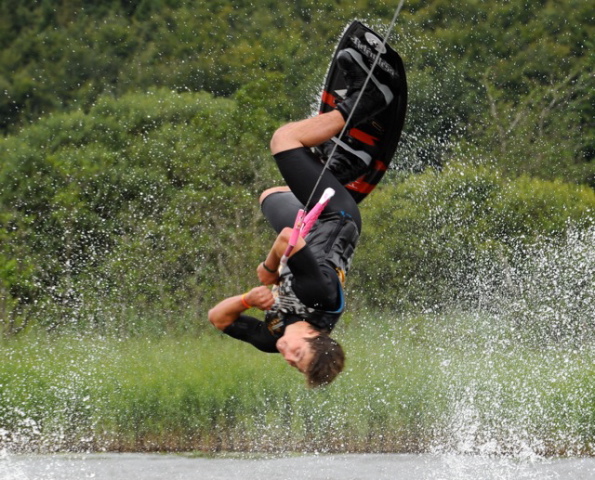
David
The Kuching City World Cup Stop will be a very special experience. It will form an important part of the historical Sarawak Regatta founded in 1872. Over 400 elaborate canoes, dragon boats and long boats will have 6,000 paddlers on board ! There will be a LIVE Webcast and for those who want to share in the thrills and performances of Sian and David, here is the Link to bookmark for Saturday and Sunday, September 17th/18th. Sarawak is GMT +8hrs.
http://247.tv/waterski/freestream/2011-sarawak-wakeboard-world-cup/ <http://247.tv/waterski/freestream/2011-sarawak-wakeboard-world-cup/>
One of the organisers is Irish Waterski & Wakeboard Federation President, Des Burke-Kennedy, and he will be reporting back here throughout the World Cup Series as usual.
After Sarawak, David has also been invited to move on to Linyi City in China for the final World Cup Stop of the year. Sian may yet get an invitation there if anybody falls off that Entry List.
Congratulations to both Sian and David - and good luck in this amazing World Cup experience.
O'Leary and Burrows Face Home Waters Test
Olympic keelboat duo Peter O'Leary and David Burrows face one of the sternest tests of the summer season but this time its on waters st least.
All 32 boats for the Star European Championship (2nd-10th September) have arrived in Dun Laoghaire and are busy training on Dublin Bay prior to Sunday's first race. Current world champions and double Olympic Gold medallists Iain Percy (GBR) with Andrew Simpson top the entry list while defending title-holders Johannes Polgar (GER) with Markus Koy are also competing.
Beijing 2008 helm O'Leary along with Olympian Burrows, (who crewed a Star at the Atlanta Olympics in 1996) will be in the hunt for a top three place on home waters while Max Treacy and Anthony Shanks will be competing from their home club for the first Star class event in Ireland.
Percy will be seeking to improve on his second place at the recent London Olympic 2012 test-event at Weymouth while the championship will also be an indicator of form before the ISAF Sailing World Championships at Perth in December.
"This fleet is certainly an example of quality rather than quantity," commented Martin Byrne, Commodore of the Royal St. George YC, organising host club. "Looking at the entry-list, a large number of boats could form a typical world top ten and are capable of winning this championship. We expect Dublin Bay will live up to its reputation as a great racing area and deliver good conditions for the seven races."
Five Star world champions or Olympic medallists are included in the line-up while several more are also former champions in other Olympic classes. Polgar and Koy won last year's championship in Viareggio (Italy) in a record turn-out for the Star class. Second-placed runner-up Andrew Campbell (USA) from 2010 is also in Dun Laoghaire, this time with Ian Coleman and are up against 2009 world champion George Szabo (USA) with Mark Strube in the lead-up to selection for next year's Olympics.
Tornado class Gold medallist Fernando Echavarri (ESP) with Fernando Rodriguez Rivero will be competing along with double world champion and Olympic bronze medallist Xavier Rohart (FRA) and Pierre Alexis Ponsot. Former Finn Gold medallist and 2008 world champions Mateusz Kusznierewicz (POL) and Dominik Zycki are also certain contenders next week.
Conference Reveals State of Marine Leisure Industry
With boat sales falling by as much as 80%, marina business down 20%, retail sales in chandlery down up to 38%, insurance down 12.5% the marine industry in Ireland and Wales had to take some action to ensure the marine trade and leisure industry survives.
An unusual industry conference took place in Dun Laoghaire today and yesterday with the objective of understanding where the industry is right now and how it needs to act to ensure that it survives the downturn in our economies.
Over 125 marine businesses from both sides of the Irish Sea will be attending in what will be the largest marine leisure Industry gathering ever brought together.
A joint address was given by the Executive Director of the British Marine Federation, Howard Pridding and David O'Brien the Chairman of the Irish Marine Federation set the scene as to where the industry is on both sides of the Irish Sea.
The conference heard from 3 companies who operate in the sector. One from each region, North Wales, South Wales and Ireland who will share with the conference their experiences in the current economic climate on how they are surviving and thriving in the downturn. Business tactics that need to be deployed were explored with a leading business and innovation specialist from Wales together with joint talks by Visit Wales and Failte Ireland on the development of marine leisure tourism.
Leading economist Jim Power delivered a talk on the economic situation and when we might begin to see some consumer confidence return to our markets.
The Pembroke Coastal Forum told how they have managed their coastline and environment and how they have facilitated marine leisure tourism through proper marine spatial planning.
The conference is being organised by irish-sea.org and Ireland/Wales Interreg IV A Programme funded by the European Region Development Fund.
Irish-sea.org has three partners, North Wales Watersports, South West Wales Marine Federation and the Irish Marine Federation.


























